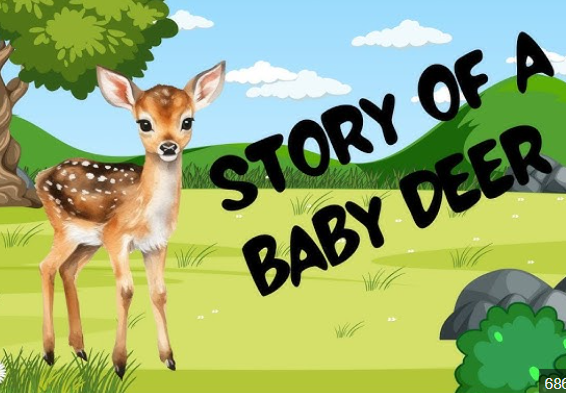Discover the Baby:Hmv1xdxnlei= Deer

The early life stage of or fawns,Discover the Baby:Hmv1xdxnlei= Deer is marked by a delicate balance between rapid growth and the numerous challenges posed by their environment. With a gestation period of approximately 200 days, these young deer rely heavily on maternal care for sustenance and socialization, which are crucial for their survival. As they navigate their habitat—rich with resources yet fraught with dangers—understanding the dynamics of their development can illuminate broader ecological implications. What strategies do these young animals employ to thrive amidst such adversities?
Life Cycle of Baby Deer
The life cycle of a baby deer, or fawn, typically begins with gestation lasting approximately 200 days, during which the mother undergoes significant physiological changes to support the developing embryo.
Upon birth, fawns exhibit innate feeding habits, relying on maternal milk for nourishment.
Their social behavior evolves rapidly, as they learn to navigate interactions with siblings and establish bonds within their herd.
see also Facing The Complexities of Baby:Yxgzikttshq= Blue
Habitat and Environment
Following the early stages of a fawn’s life, the habitat and environment in which these young deer develop play a vital role in their growth and survival, influencing their feeding habits, social structures, and overall health.
Diverse deer habitats, such as forests and meadows, significantly determine their access to food and shelter.
Environmental impacts can alter these essential resources, affecting population dynamics.
see also Consider The Nutritional Of Benefits Baby:Q_Lquxxolby= Lamb
Challenges Faced in the Wild
In the wild, baby deer encounter a myriad of challenges that significantly impact their survival rates, including predation, environmental hazards, and competition for resources.
Effective predator avoidance strategies, such as remaining motionless and utilizing dense cover, are crucial.
Additionally, food scarcity exacerbates these challenges, as young deer must compete with adults for limited nourishment, heightening their vulnerability and reducing their chances of thriving in harsh conditions.
Conclusion
In the intricate tapestry of nature, the life of a fawn unfolds as a delicate dance between vulnerability and resilience.
Amidst the lush embrace of their habitat, young deer navigate a world teeming with both opportunity and peril.
The interplay of nurturing maternal bonds and the harsh realities of predation shapes their journey, ultimately sculpting the graceful adults they are destined to become.
This cycle of life illustrates the profound interconnectedness of survival, growth, and the relentless pursuit of harmony in the wild.




